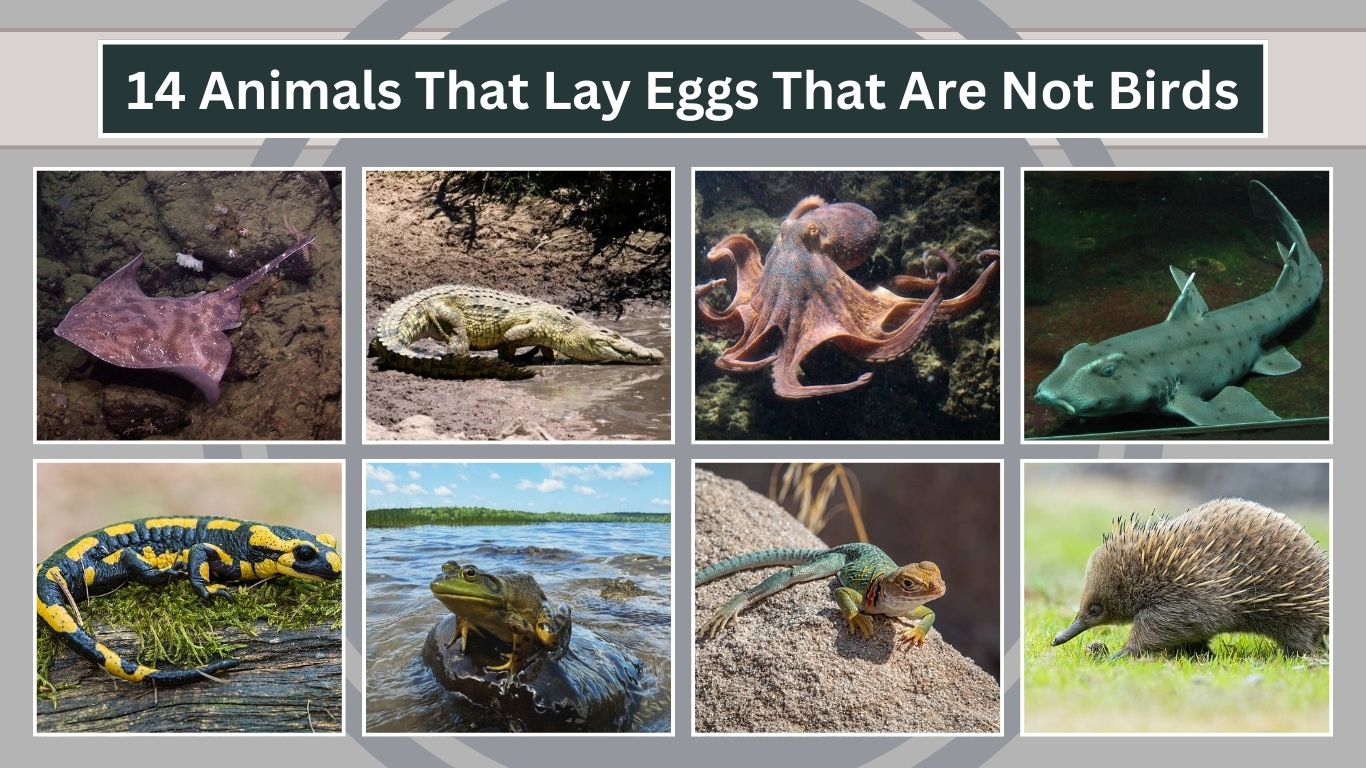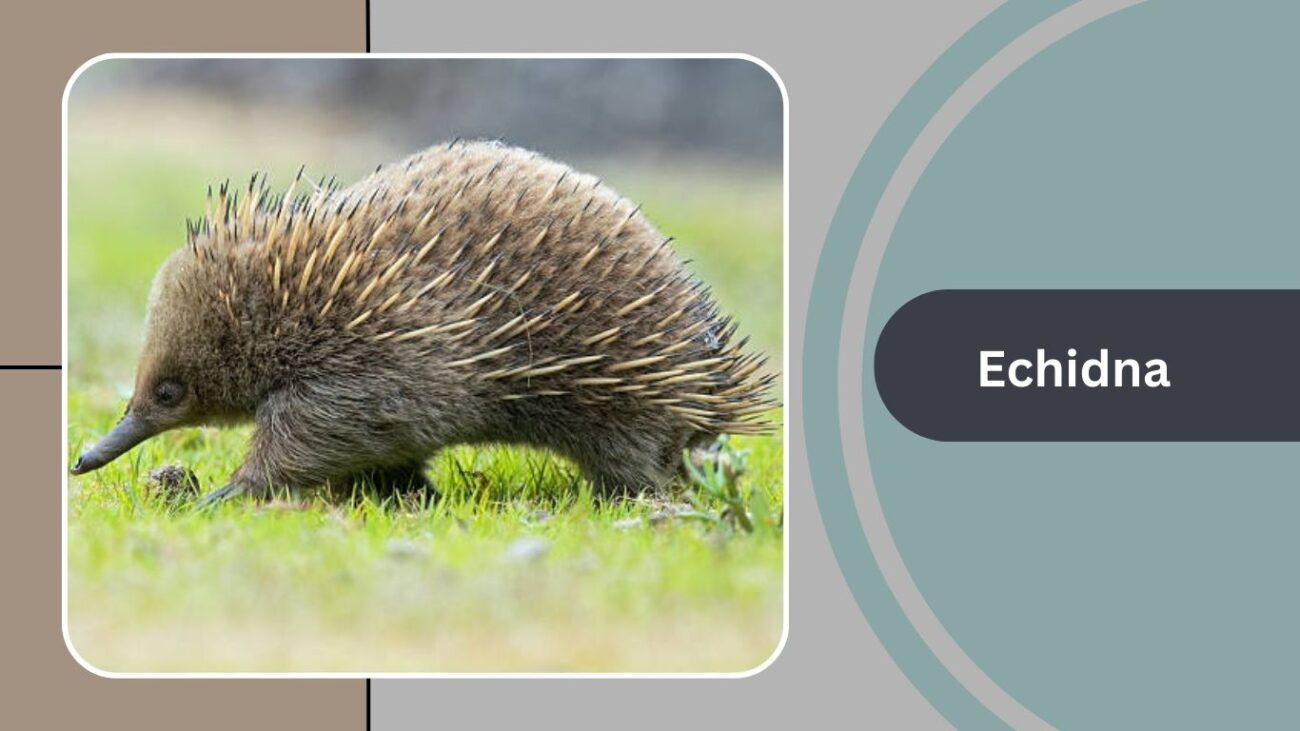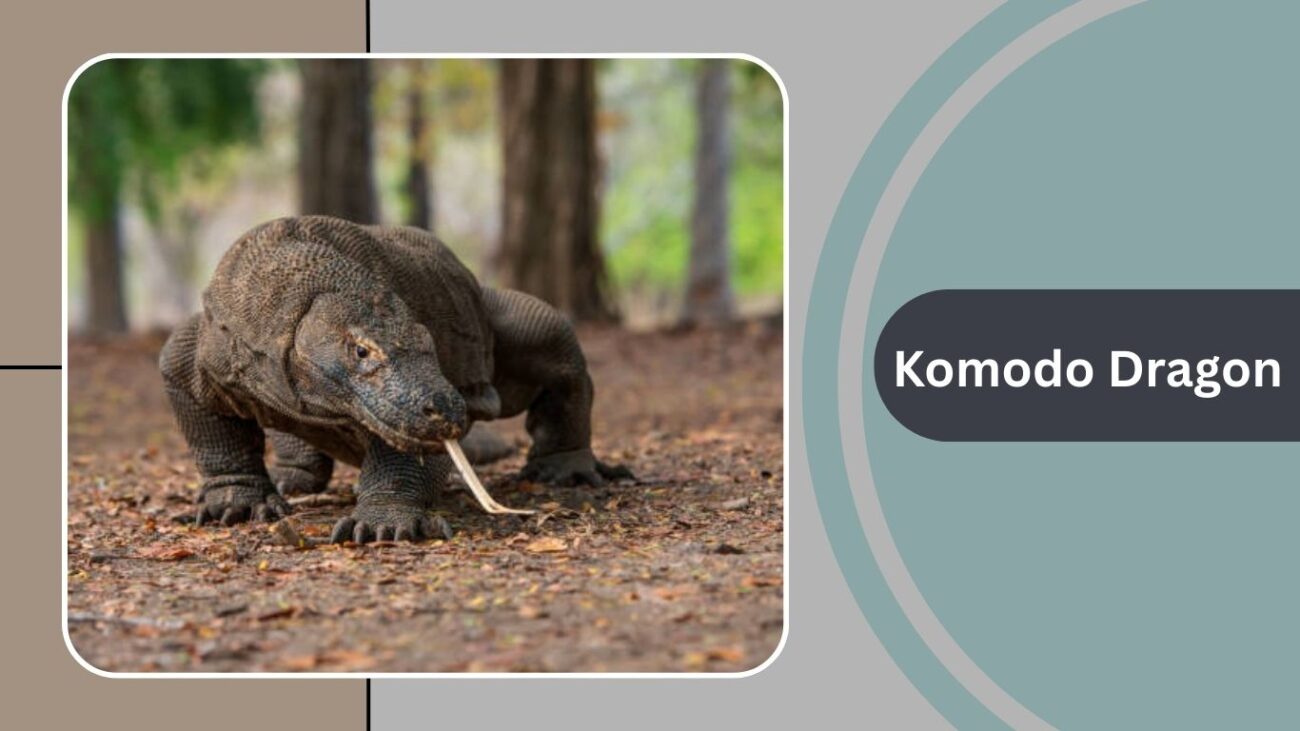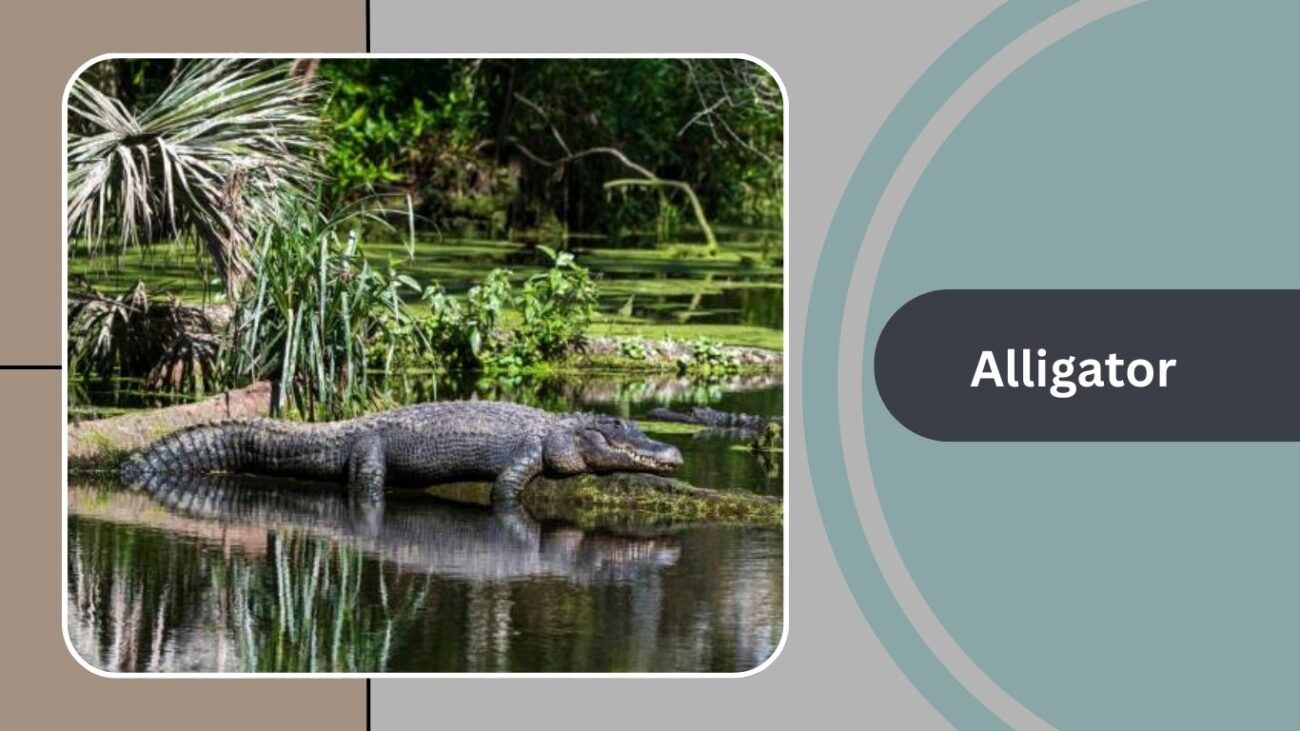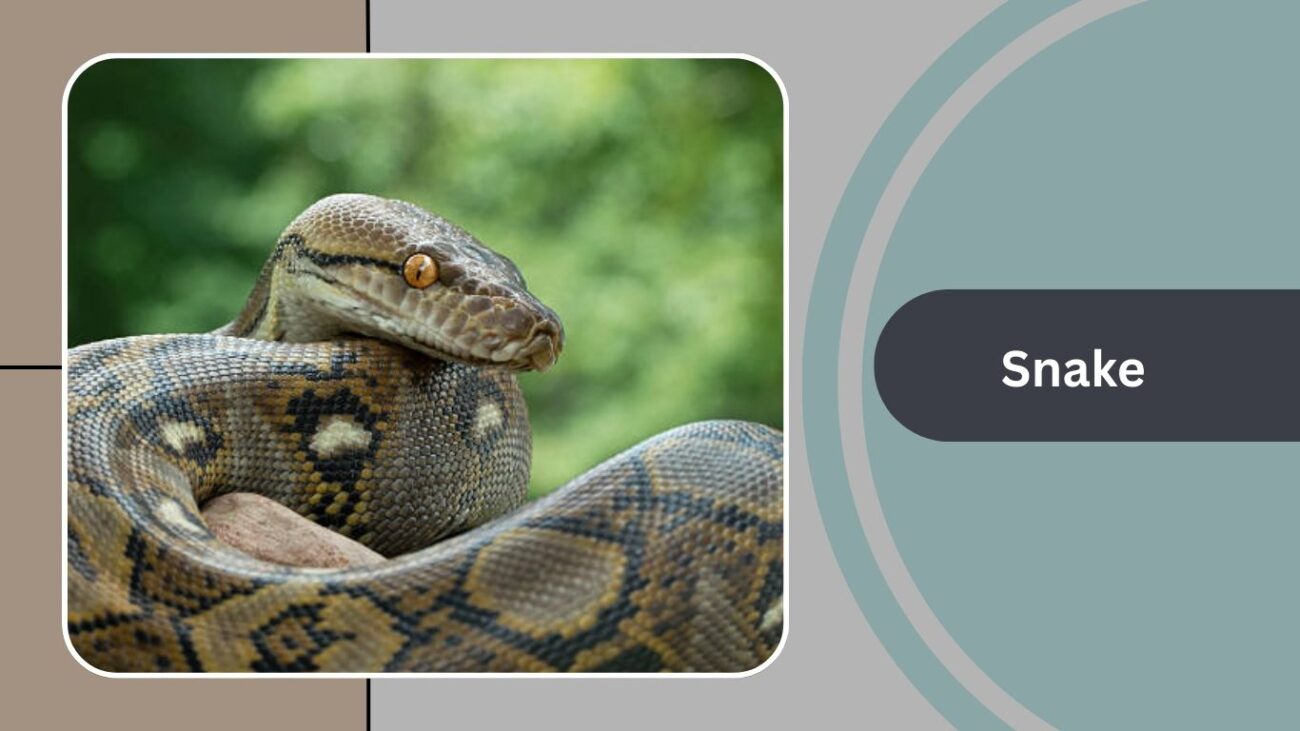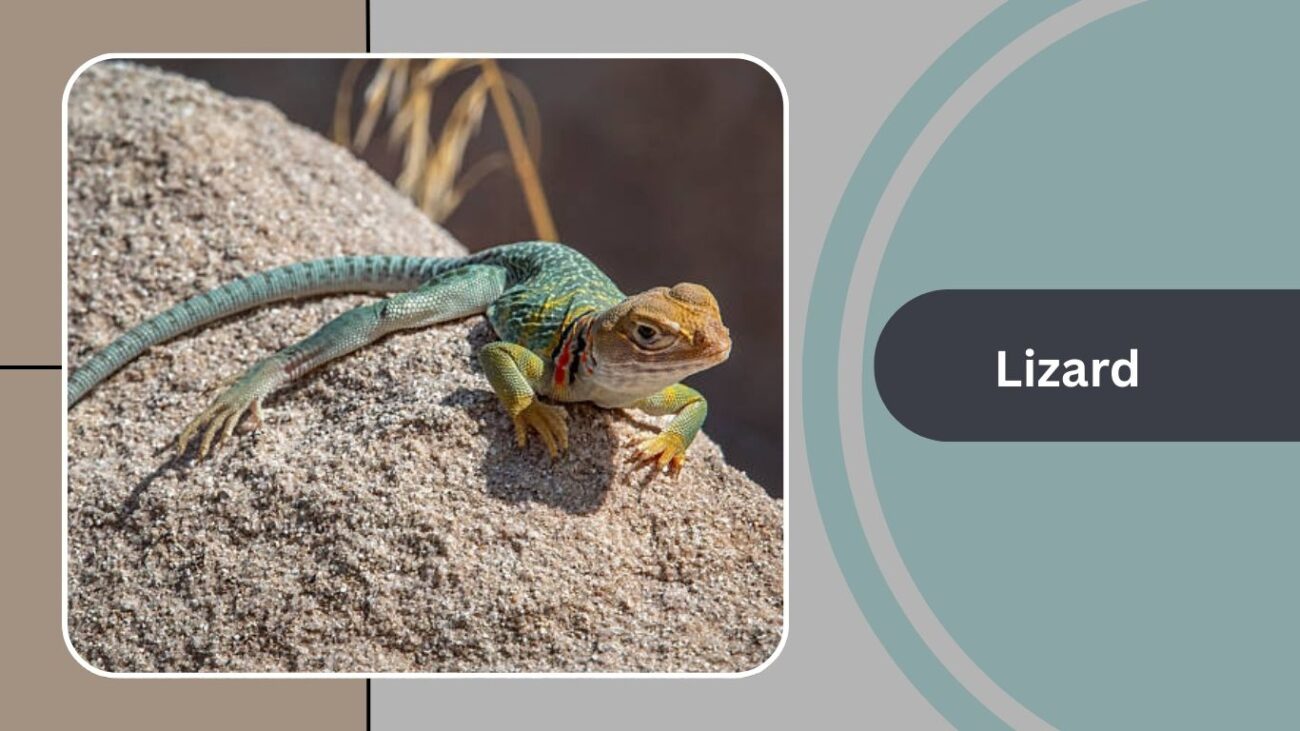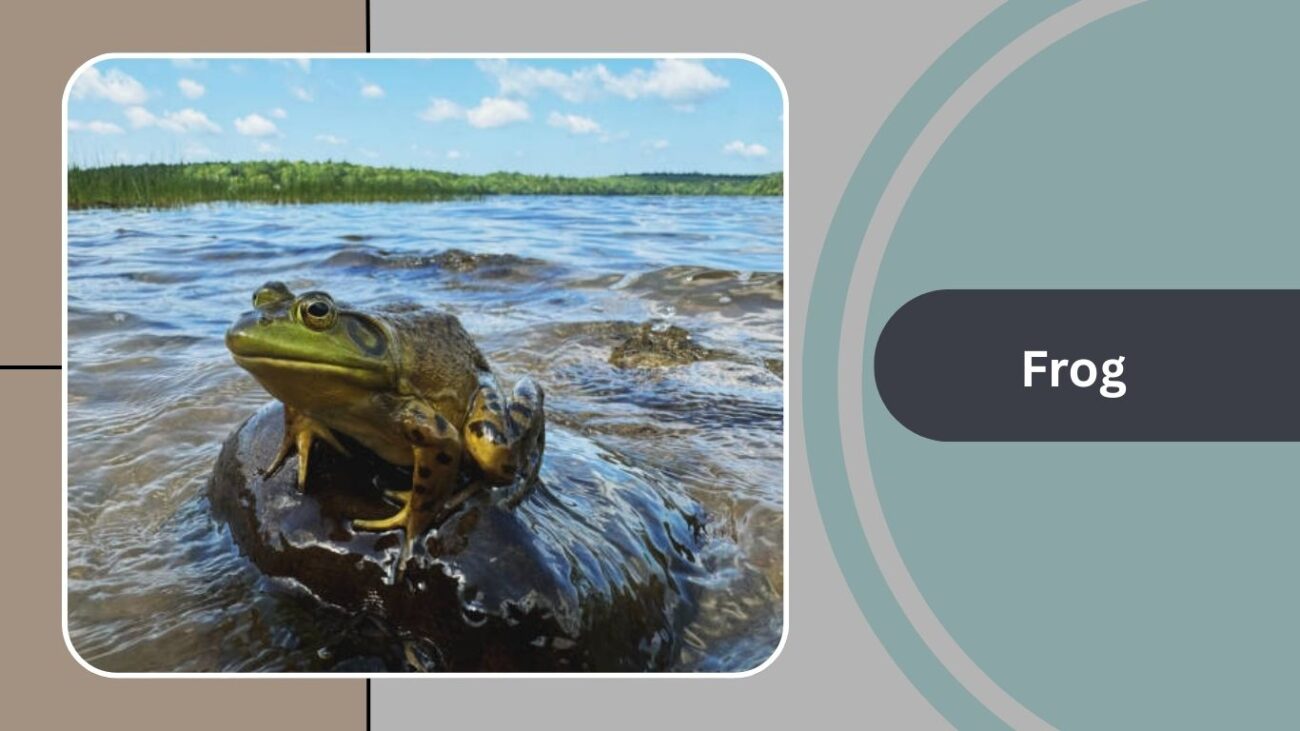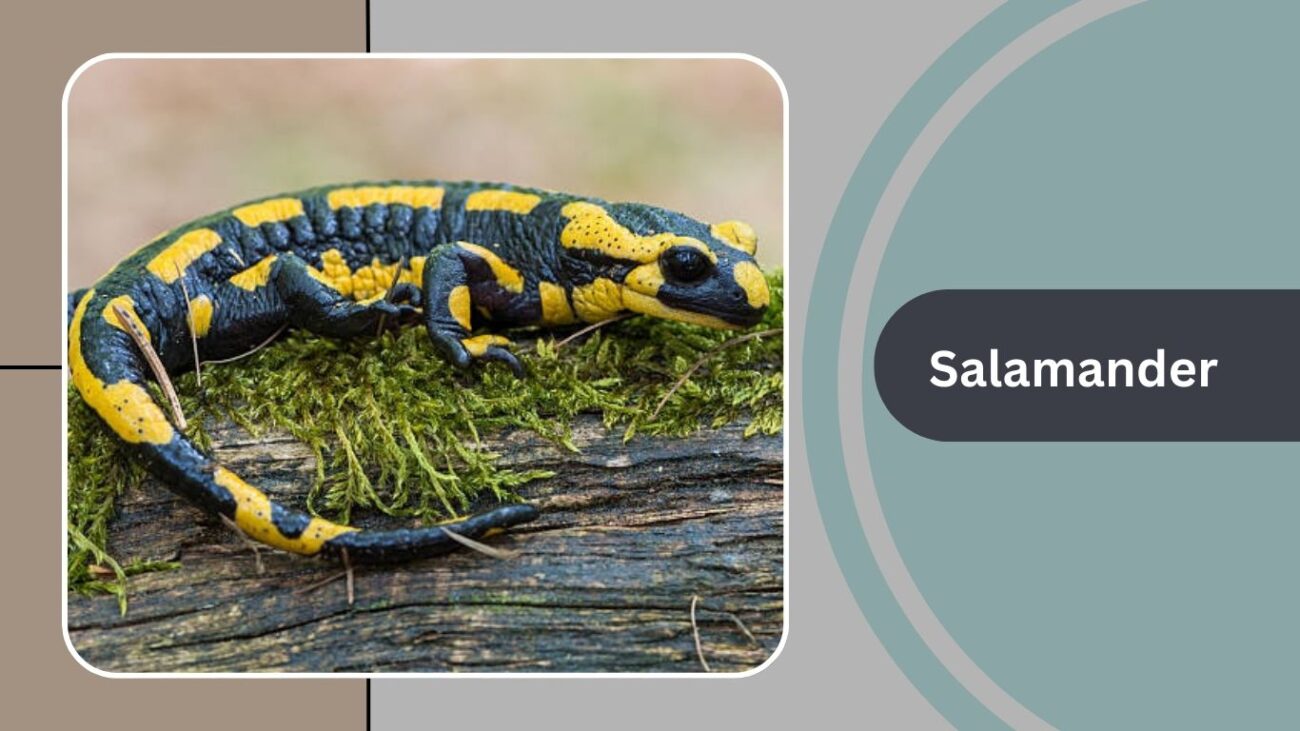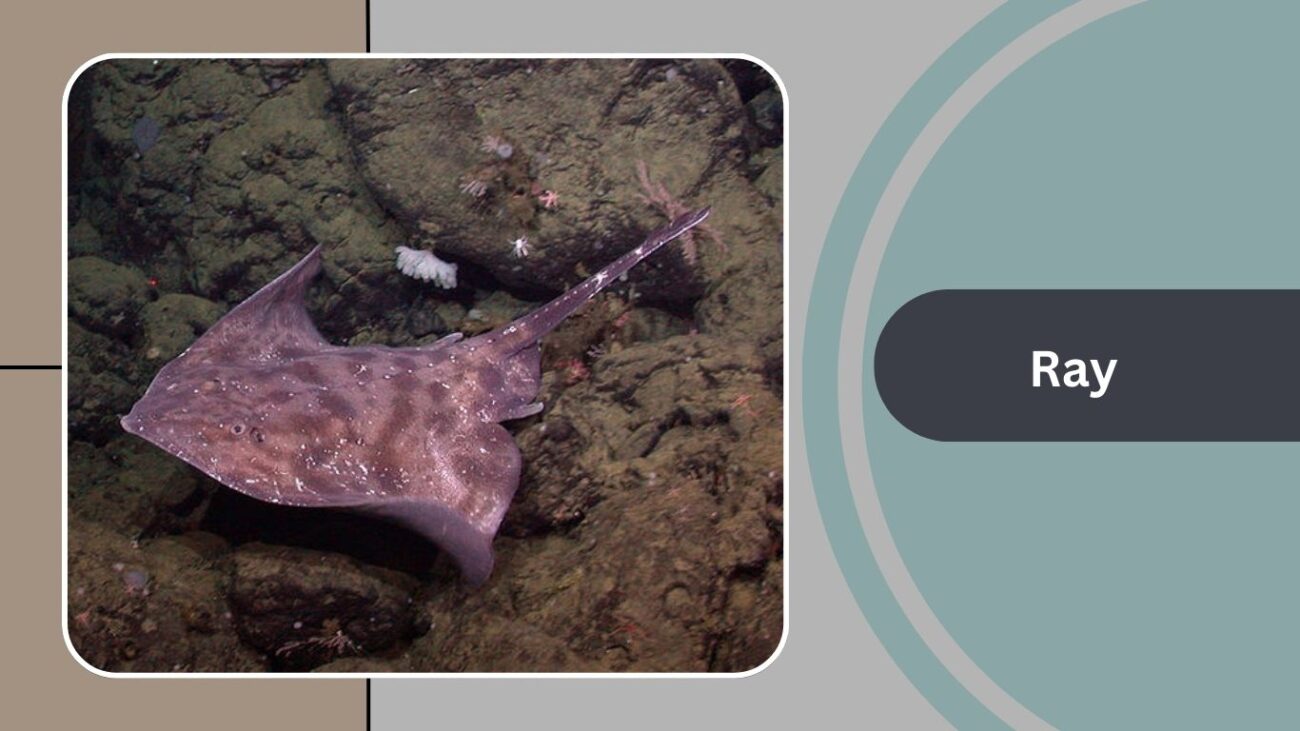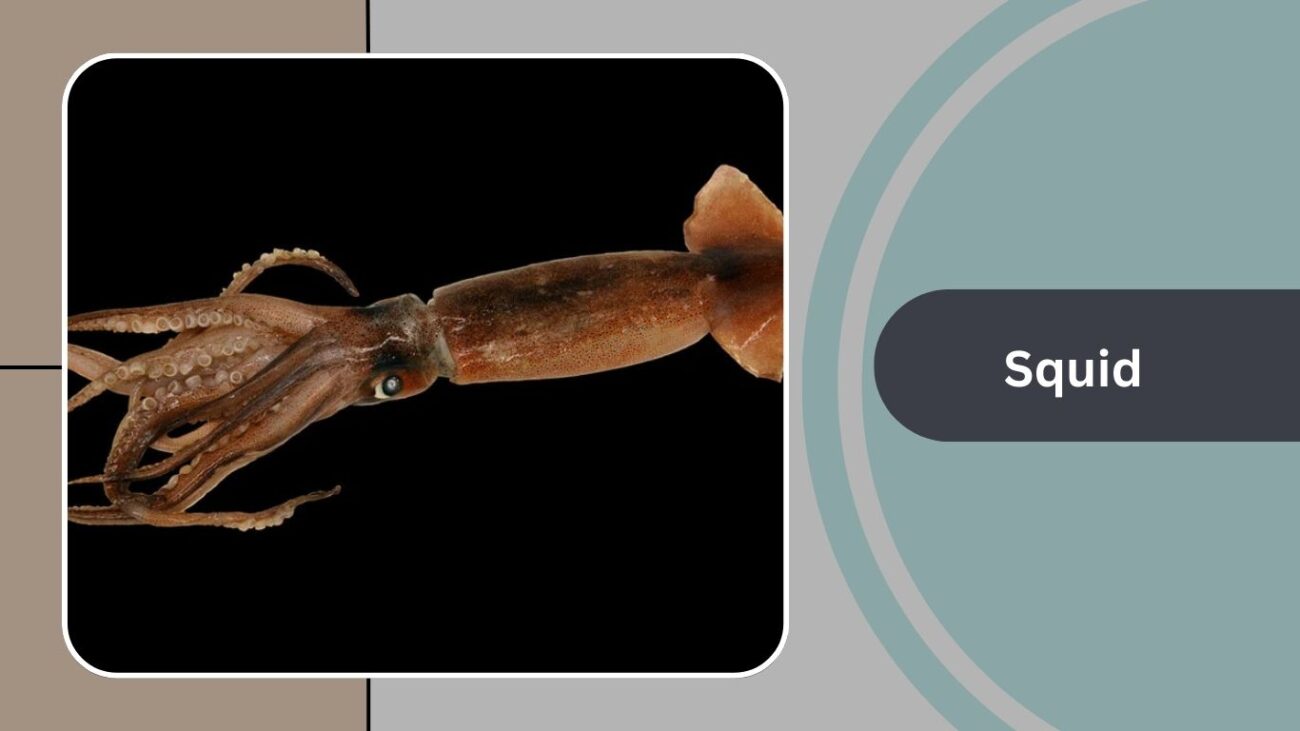Egg-laying is not exclusive to birds; many other animals reproduce by laying eggs, including reptiles, amphibians, fish, and invertebrates. These animals have evolved unique adaptations for protecting their eggs, ensuring the survival of their offspring in a variety of environments—from oceans and freshwater habitats to forests and deserts. In this article, we explore 14 fascinating egg-laying animals that are not birds, highlighting their characteristics, habitats, and reproductive behaviors.
1. Platypus
The platypus is a unique mammal native to eastern Australia and Tasmania. Unlike most mammals, it lays eggs, making it one of only a few egg-laying mammals in the world. It combines features of different animals, such as a duck-like bill, webbed feet, and a beaver-like tail, making it an extraordinary species in the animal kingdom.
Identification
- Semi-aquatic mammal with a flat, duck-like bill
- Webbed feet for swimming
- Dense, waterproof fur
- Tail similar to a beaver’s, used for storing fat
Habitat
Platypuses are mostly found in freshwater rivers, lakes, and streams across eastern Australia and Tasmania. They prefer environments with abundant aquatic invertebrates for feeding.
Reproduction
Female platypuses lay one to three eggs at a time. After laying, the mother incubates the eggs by curling around them until they hatch, which usually takes about 10 days.
2. Echidna
Echidnas, also known as spiny anteaters, are egg-laying mammals found in Australia and New Guinea. They are covered in spines and have a long snout used for feeding on ants and termites. Like the platypus, they are monotremes, making them part of the rare group of egg-laying mammals.
Identification
- Body covered with sharp spines and coarse fur
- Long, tubular snout
- Strong claws for digging
- Tongue adapted for catching insects
Habitat
Echidnas live in forests, grasslands, and deserts, often burrowing into the ground or hiding under vegetation for protection.
Reproduction
Female echidnas lay a single leathery egg, which is placed into a special pouch. The egg hatches in about 10 days, and the tiny young (called a puggle) continues to develop in the pouch for weeks.
3. Green Sea Turtle
Green sea turtles are large marine reptiles known for their smooth, heart-shaped shell. They are named for the greenish color of their body fat rather than their shell. These turtles are vital to marine ecosystems, especially in maintaining healthy seagrass beds.
Identification
- Large, smooth, oval carapace (shell)
- Flippers adapted for swimming
- Can weigh up to 300 kg (660 lbs)
- Olive to dark brown shell with lighter streaks
Habitat
They inhabit tropical and subtropical oceans worldwide, often near coastlines, bays, and coral reefs.
Reproduction
Female green sea turtles return to the beaches where they were born to lay eggs. They dig deep nests in the sand and lay around 100–200 eggs at a time. The eggs incubate for about two months before hatching.
4. Komodo Dragon
The Komodo dragon is the world’s largest living lizard, native to a few Indonesian islands. Known for its powerful build and predatory behavior, it can grow up to 10 feet in length. Despite its massive size, this reptile reproduces by laying eggs, which it carefully guards in hidden nests.
Identification
- Large lizard with rough, armored scales
- Forked tongue used for detecting scents
- Sharp claws and serrated teeth
- Can weigh over 150 pounds
Habitat
Komodo dragons live in dry, open grasslands, savannas, and tropical forests on islands like Komodo, Flores, and Rinca. They are often found near deer trails or water sources where prey is abundant.
Reproduction
Females lay around 15–30 eggs in burrows or mound nests. They protect the nest aggressively until the eggs are hidden. The incubation period lasts about eight months before the hatchlings emerge.
5. Crocodile
Crocodiles are large, semi-aquatic reptiles found across tropical regions of Africa, Asia, the Americas, and Australia. They are apex predators with strong jaws and a reputation for being excellent hunters both in water and on land.
Identification
- Powerful body covered with thick, scaly skin
- Long snout filled with sharp teeth
- Strong tail for swimming
- Eyes and nostrils positioned on top of the head
Habitat
Crocodiles thrive in freshwater rivers, lakes, wetlands, and some saltwater regions like estuaries and mangroves. They prefer warm climates and spend much of their time basking near water.
Reproduction
Female crocodiles dig nests in sand or soil and lay 25–80 eggs. They guard the nest during incubation and even assist hatchlings by carrying them in their mouths to the water once they emerge.
6. Alligator
Alligators are large reptiles closely related to crocodiles but generally found in freshwater habitats of the southeastern United States and China. They are powerful predators, known for their strong bite and armored bodies, yet they also show parental care for their young.
Identification
- Broad, U-shaped snout
- Dark, armored skin with bony plates
- Short legs and a muscular tail
- Eyes positioned high on the head for surface vision
Habitat
Alligators prefer freshwater rivers, swamps, lakes, and marshes. In the U.S., they are most commonly found in Florida and Louisiana.
Reproduction
Females build mound nests of vegetation and mud, laying 20–50 eggs. They guard the nest throughout the incubation period, and once the eggs hatch, the mother helps the young reach the water.
7. Snake (Python Example)
Snakes are limbless reptiles found across almost every continent. While many species give live birth, egg-laying is still common, especially among pythons, which are known for guarding and incubating their eggs.
Identification
- Long, limbless body covered with scales
- Forked tongue for sensing the environment
- Sharp, backward-curving teeth
- Variety of colors and patterns depending on species
Habitat
Snakes occupy diverse habitats including forests, grasslands, deserts, wetlands, and even urban areas. Pythons are often found in tropical and subtropical regions.
Reproduction
Female pythons lay clutches of 20–100 eggs, depending on the species. They coil around the eggs to provide warmth and protection until hatching, which usually takes several weeks to two months.
8. Lizard (Gecko Example)
Lizards are a diverse group of reptiles, with geckos being among the most well-known. These small to medium-sized lizards are found worldwide in warm climates. Many geckos reproduce by laying eggs, which are often hidden in secure crevices.
Identification
- Small to medium body size with scaly skin
- Large eyes adapted for night vision
- Specialized toe pads for climbing walls and ceilings
- Tail that can detach as a defense mechanism
Habitat
Geckos thrive in tropical and subtropical regions, living in forests, deserts, grasslands, and even human homes. They are especially abundant in warm, humid environments.
Reproduction
Most geckos lay one or two soft-shelled eggs per clutch, often in hidden spots like under rocks, logs, or bark. Some species can lay multiple clutches during the breeding season.
9. Frog
Frogs are amphibians known for their jumping ability, croaking calls, and dual life in water and on land. They reproduce by laying eggs, which hatch into aquatic tadpoles before transforming into adult frogs.
Identification
- Moist, smooth skin
- Long, powerful hind legs for leaping
- Large, protruding eyes
- Wide mouth suited for catching insects
Habitat
Frogs live near freshwater sources such as ponds, lakes, streams, and wetlands. They prefer moist environments that support both their eggs and tadpoles.
Reproduction
Female frogs lay thousands of eggs in clusters called spawn, usually in water. These eggs hatch into tadpoles that undergo metamorphosis, gradually developing legs and lungs to become adult frogs.
10. Salamander
Salamanders are amphibians that resemble lizards but differ with their moist skin and unique reproductive behaviors. They are mostly found in the Northern Hemisphere and are closely tied to aquatic or damp environments.
Identification
- Slender body with smooth, moist skin
- Long tail and short limbs
- Variety of bright colors and patterns in some species
- Gills visible in some aquatic species
Habitat
Salamanders live in forests, swamps, streams, and wetlands, usually hiding under logs, rocks, or leaf litter to stay moist. Many species are nocturnal and prefer damp, shaded habitats.
Reproduction
Female salamanders lay eggs in water or moist environments. Some species guard their eggs, while others leave them unattended. The eggs hatch into aquatic larvae that later metamorphose into adult salamanders.
11. Shark (Horn Shark Example)
While many shark species give live birth, others, like the horn shark, are oviparous and lay eggs. These eggs are often encased in tough, spiral-shaped cases, sometimes called “mermaid’s purses.”
Identification
- Cartilaginous fish with streamlined body
- Rows of sharp, replaceable teeth
- Prominent dorsal fins
- Rough, sandpaper-like skin
Habitat
Horn sharks and other egg-laying sharks are commonly found in coastal waters, rocky reefs, and kelp forests. They prefer shallow, temperate marine environments.
Reproduction
Female horn sharks lay eggs encased in tough, spiral cases. These are wedged into rock crevices for protection. The embryos develop inside the case for several months before hatching into fully formed juvenile sharks.
12. Ray (Skates Example)
Rays are close relatives of sharks, but among them, skates are the main group that lay eggs. These eggs are encased in rectangular, leathery cases often called “mermaid’s purses,” which wash up on beaches.
Identification
- Flat, disc-shaped body with wing-like pectoral fins
- Long tail, usually without a stinger in skates
- Gills located on the underside
- Eyes positioned on top of the head
Habitat
Skates live on the seafloor in coastal and deep-sea regions, often burying themselves in sand or mud. They are found in temperate and cold waters across the globe.
Reproduction
Female skates lay tough, leathery egg cases that protect the embryo. Development is slow, sometimes taking many months to years before the young emerge as miniature versions of adults.
13. Octopus
Octopuses are intelligent marine invertebrates belonging to the mollusk group. They are famous for their problem-solving abilities, camouflage skills, and unique egg-laying reproductive strategy.
Identification
- Soft, bulbous body with eight arms lined with suckers
- Highly flexible, lacking bones
- Large eyes with excellent vision
- Ability to change skin color and texture for camouflage
Habitat
Octopuses inhabit oceans worldwide, often hiding in coral reefs, rocky crevices, and burrows. They prefer coastal waters but can also be found in deep-sea environments.
Reproduction
Female octopuses lay thousands of small eggs, attaching them in clusters to rocks or cave walls. The mother guards and tends to the eggs until they hatch, after which the tiny octopuses drift into the ocean currents.
14. Squid
Squids are fast-swimming marine mollusks related to octopuses and cuttlefish. They are known for their torpedo-shaped bodies, jet propulsion swimming, and complex behaviors. Many squid species lay eggs in gelatinous capsules, often forming large clusters.
Identification
- Elongated, streamlined body with two fins
- Eight arms and two longer tentacles with suckers
- Beak-like mouth for feeding
- Ability to squirt ink as a defense mechanism
Habitat
Squids are found in oceans worldwide, from shallow coastal waters to the deep sea. They often live in schools and play an important role as both predator and prey in marine ecosystems.
Reproduction
Female squids lay eggs in gelatinous capsules, attaching them to rocks, seaweed, or sandy seafloors. These capsules may contain hundreds of eggs, and in some species, females produce large communal egg masses that resemble white, bulb-like clusters.

